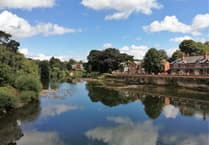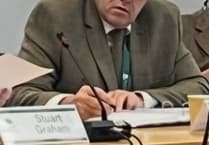On 27 December 1945 the International Monetary Fund was established in a conference at Bretton Woods in the United States. It was primarily based on the ideas of Henry Dexter White and John Maynard Keynes. 29 countries were the founding members, and their goal was the reconstruction of the international monetary system after World War II. It now plays a central role in the management of balance of payment difficulties and international financial crises. It is regarded as the global lender of the last resort to national governments, and a leading supporter of exchange-rate stability. Its stated mission is “working to foster global monetary cooperation, secure financial stability, facilitate international trade, promote high employment and sustainable economic growth, and reduce poverty around the world”. Through a quota system, counties contribute funds to a pool from which countries can borrow if they experience balance of payment problems.
The IMF works to stabilise and foster the economies of its member countries by its use of the fund, as well as other activities such as gathering and analysing economic statistics and surveillance of its members’ economies. IMF funds come from two major sources: quotas and loans. Quotas, which are pooled funds from member nations, generate most IMF funds. The size of members’ quotas increases according to their economic and financial importance in the world. The quotas are increased periodically as a means of boosting the IMF’s resources in the form of special drawing rights. The IMF helps developing countries to achieve macroeconomic stability and reduce poverty. The IMF requires collateral from countries for loans but also requires the government seeking assistance to correct its macroeconomic imbalances in the form of policy reform.
The Linton & District History Society meets on the first Thursday of each month, except in January. At 7 for 7.30p.m. in Linton Village Hall. On Wednesday, February 7 2024 Fiona Morrison will be speaking about ‘L’Appel: Charles de Gaulle and the crisis of 1940’.





Comments
This article has no comments yet. Be the first to leave a comment.